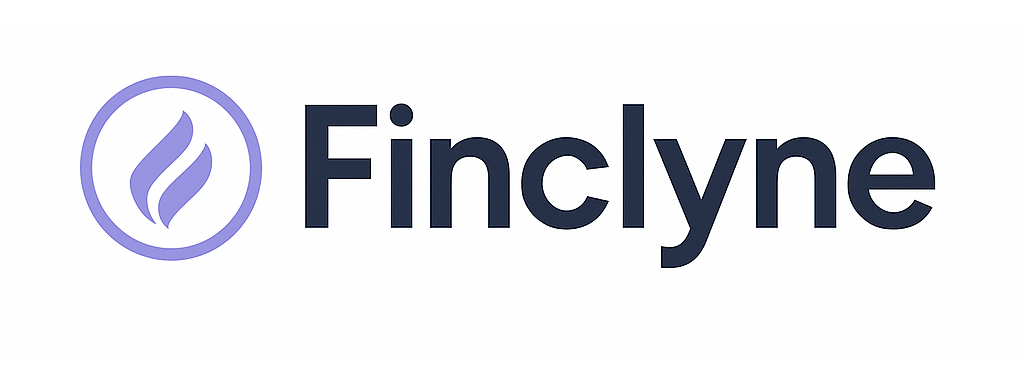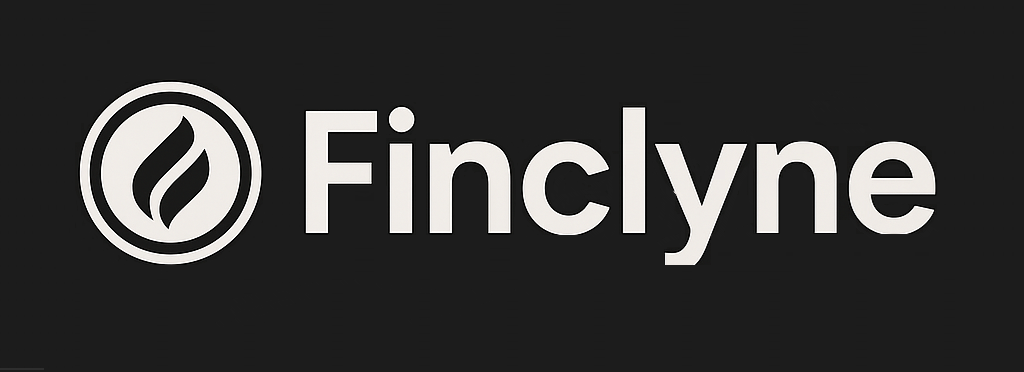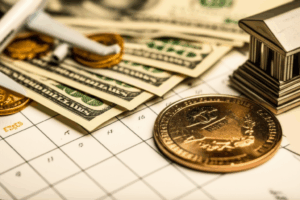Schwab Dividend ETF: Falling Bond Yields Could Trigger Catch-Up Rally
The Schwab U.S. Dividend Equity ETF (SCHD), a titan in the world of income-focused investing and a favorite among those seeking steady returns, has spent the better part of the last two years on the sidelines of a roaring bull market. While technology-heavy indexes like the Nasdaq 100 soared to new heights, SCHD delivered a comparatively lackluster performance, leaving many of its loyal investors wondering about its future. Now, however, a growing chorus of analysts suggests a key economic shift could be on the horizonone that may finally allow this dividend powerhouse to close the gap. The catalyst, they argue, lies not within the stock market itself, but in the less glamorous world of government bonds.
For much of 2022 and 2023, the primary headwind for dividend-focused funds like SCHD was the aggressive interest rate hiking campaign by the U.S. Federal Reserve. To combat soaring inflation, the central bank rapidly increased rates, which in turn pushed the yields on safe-haven government bonds to their highest levels in over a decade. This created a phenomenon of “yield competition.” Suddenly, an investor could secure a nearly risk-free return of over 5% from a short-term Treasury bill. In that environment, the roughly 3.5% dividend yield offered by an ETF like SCHD, which comes with inherent stock market risk, looked far less appealing. This dynamic drew capital away from dividend stocks and into bonds, suppressing the price of funds like SCHD even as the underlying companies remained profitable.
The core of the “catch-up rally” thesis is that this trend is poised to reverse. With inflation showing signs of cooling, market consensus now points toward the Federal Reserve beginning to cut interest rates later this year. As the Fed cuts rates, bond yields are expected to fall, making their payouts less attractive. When a 10-year Treasury note yields closer to 3.5% or 4% instead of 5%, the stable and growing dividends from the blue-chip companies held in SCHD become significantly more compelling. This shift could trigger a rotation of capital, as investors move out of lower-yielding bonds and back into high-quality dividend stocks, driving up their prices. SCHD, which tracks the Dow Jones U.S. Dividend 100 Index, is particularly well-positioned to benefit. Its methodology screens for companies with strong financial health, a consistent record of paying dividends, and high yields, resulting in a portfolio of mature, stable businesses in sectors like industrials, financials, healthcare, and consumer staples.
In essence, the argument is that SCHD’s recent underperformance relative to the broader S&P 500 was not due to a fundamental flaw in its strategy, but rather a direct consequence of the macroeconomic environment. While growth stocks feasted on investor enthusiasm for artificial intelligence, SCHD’s value-oriented holdings were held back by the high-rate regime. If that regime ends and bond yields continue their downward trend, the fund’s solid fundamentals and attractive dividend could return to the spotlight. Investors who have been patiently waiting for value and income to come back into fashion may see SCHD as a coiled spring, ready to rebound as the economic landscape shifts in its favor. Of course, the rally is not guaranteed. It hinges on the Federal Reserve acting as anticipated and on the economy avoiding a severe recession that could force the fund’s underlying companies to cut their cherished dividends. Still, for those watching the markets, the interplay between falling bond yields and dividend stock valuations will be a key story to follow in the months ahead.





